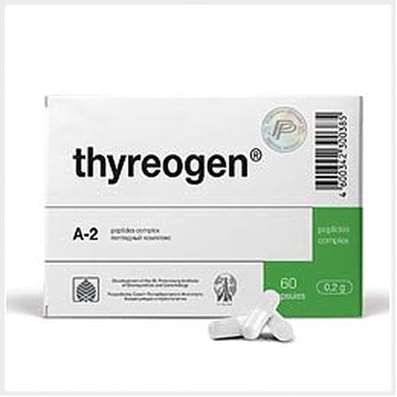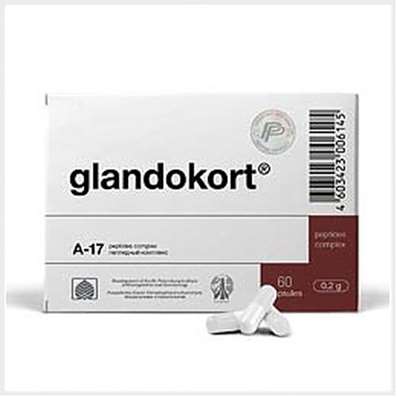Instruction for use: Isoflurane
I want this, give me price
Latin name: Isofluranum (genus. Isoflurani)
Chemical name
2-Chloro-2- (difluoromethoxy) -1,1,1-trifluoroethane
Gross formula
C3H2ClF5O
Pharmacological group:
Anesthetic means
The nosological classification (ICD-10)
Z100.0 * Anesthesiology and premedication: Abdominal surgery; Adenomectomy; Amputation; Angioplasty of the coronary arteries; Carotid artery angioplasty; Antiseptic treatment of skin in wounds; Antiseptic treatment of hands; Appendectomy; Atheroctomy; Balloon coronary angioplasty; Vaginal hysterectomy; Venous bypass; Interventions on the vagina and cervix; Interventions on the bladder; Interference in the oral cavity; Reconstructive-reconstructive operations; Hand hygiene of medical personnel; Gynecological Surgery; Gynecological interventions; Gynecological operations; Hypovolemic shock during surgery; Disinfection of purulent wounds; Disinfection of the edges of wounds; Diagnostic Interventions; Diagnostic procedures; Diathermocoagulation of the cervix; Long-term surgeries; Replacement of fistulous catheters; Infection in orthopedic surgical interventions; Artificial heart valve; Kistectomy; Short-term outpatient surgery; Short-term operations; Short-term surgical procedures; Cryotyreotomy; Blood loss during surgical interventions; Bleeding during surgery and in the postoperative period; Laser coagulation Laserocoagulation; Laser retinopathy of the retina; Laparoscopy; Laparoscopy in gynecology; Likvornaya fistula; Small gynecological operations; Small surgical interventions; Mastectomy and subsequent plastic surgery; Mediastinotomy; Microsurgical operations on the ear; Mukinging operations; Suturing; Minor surgery; Neurosurgical operation; Eclipse of the eyeball in ophthalmic surgery; Orchiectomy; Pancreatectomy; Pericardectomy; The rehabilitation period after surgical operations; Reconvalence after surgical intervention; Percutaneous transluminal coronary angioplasty; Pleural Thoracocentesis; Pneumonia postoperative and post traumatic; Preparing for surgical procedures; Preparing for a surgical operation; Preparation of the surgeon's arms before surgery; Preparation of the colon for surgical interventions; Postoperative aspiration pneumonia in neurosurgical and thoracic operations; Postoperative nausea; Postoperative hemorrhage; Postoperative granuloma; Postoperative shock; Early postoperative period; Myocardial revascularization; Resection of the apex of the tooth root; Resection of the stomach; Bowel resection; Resection of the uterus; Liver resection; Small bowel resection; Resection of a part of the stomach; Reocclusion of the operated vessel; Gluing of tissues during surgical interventions; Suture removal; Condition after eye surgery; Condition after surgery in the nasal cavity; Condition after gastrectomy; Condition after resection of the small intestine; Condition after tonsillectomy; Condition after removal of duodenum; Condition after phlebectomy; Vascular Surgery; Splenectomy; Sterilization of surgical instrument; Sterilization of surgical instruments; Sternotomy; Dental surgery; Dental intervention on periodontal tissues; Strumectomy; Tonsillectomy; Thoracic surgery; Total gastrectomy; Transdermal intravascular coronary angioplasty; Transurethral resection; Turbinectomy; Removal of a tooth; Cataract removal; Removing Cysts; Removal of tonsils; Removal of myoma; Removal of mobile milk teeth; Removal of polyps; Removal of a broken tooth; Removal of the uterus; Removal of seams; Urethrotomy; Fistula of the luminal ducts; Frontoetmoidogamotomy; Surgical infection; Surgical treatment of chronic ulcers of extremities; Surgery; Surgery in the anus; Surgery on the large intestine; Surgical practice; Surgical procedure; Surgical interventions; Surgical interventions on the digestive tract; Surgical interventions on the urinary tract; Surgical interventions on the urinary system; Surgical interventions on the genitourinary system; Surgical intervention on the heart; Surgical procedures; Surgical operations; Surgical operations on veins; Surgical intervention; Vascular Surgery; Surgical treatment of thromboses; Cholecystectomy; Partial resection of the stomach; Extraperitoneal hysterectomy; Percutaneous transluminal coronary angioplasty; Percutaneous transluminal angioplasty; Coronary artery bypass grafting; Extirpation of the tooth; Extirpation of infant teeth; Extirpation of pulp; Extracorporeal circulation; Extraction of the tooth; Extraction of teeth; Extraction of cataracts; Electrocoagulation; Endourological interventions; Episiotomy; Ethmoidotomy; Complications after tooth extraction
CAS code
26675-46-7
Characteristic of the substance Isoflurane
Transparent, colorless, stable, non-flammable liquid, which does not contain additives or chemical stabilizers with a moderately sharp, musty, ethereal odor, is destroyed by prolonged standing in the light. Does not collapse under the influence of carbon dioxide, aluminum, iron, copper, tin and bronze.
Pharmacology
Pharmacological action - anesthesia inhalation.
With inhalation, the minimum alveolar enough for narcosis concentration is 100% oxygen 1.05-1.28, in 70% nitrous oxide 0.37-0.56. Biotransformiruetsya slightly. In the postnarcotic period, only 0.17% of the accepted dose is found in the urine as metabolites. Stages of induction and withdrawal from anesthesia are short. Has a mild irritant effect. The pharyngeal and laryngeal reflexes become dulled quickly. Anesthesia is well controlled, tk. the level of anesthesia changes easily. Oppresses the respiratory system. BP decreases in the induction stage, but it normalizes during the surgical phase. Depression of anesthesia leads to hypotension. Heart rhythm and ejection practically do not change. Reduction of stroke volume is compensated by an increase in heart rate. Hypercapnia leads to a further increase in heart rate and an increase in cardiac output above the level of awakening. With deep anesthesia, there is an increase in cerebral blood flow, which can lead to a transient increase in the pressure of the cerebrospinal fluid.
Application of substance Isoflurane
Inhalation anesthesia.
Contraindications
Hypersensitivity, genetic susceptibility of malignant hyperthermia.
Side effects of the substance Isoflurane
In the induction phase: cough, difficulty breathing, laryngospasm; in the phase of anesthesia - respiratory depression, hypotension, rhythm disturbances; a slight chills, nausea, vomiting, intestinal obstruction, impaired hepatic function, intellectual-mnestic disorders (2-3 days after anesthesia), mood worsening (within 6 days), leukocytosis, transient increase in glucose, creatinine, nitrogen urea, cholesterol and alkaline phosphatase, a syndrome of malignant hyperthermia, associated with hypercatabolic processes in skeletal muscles and a sharp increase in oxygen consumption, manifested by muscle rigidity, tachycardia, rapid breathing zheny, cyanosis, arrhythmias, blood pressure instability; decrease in partial pressure of oxygen and pH, hyperkalemia, deficiency of bases; renal insufficiency.
Interaction
Combination with nitrous oxide 2-3 times reduces the minimum necessary for anesthesia alveolar concentration, while the severity of arterial hypotension decreases. Potentiates the effect of muscle relaxants, especially the non-depolarizing type.
Routes of administration
Inhalation.
Precautions for the substance Isoflurane
It is used only under the supervision of an anesthesiologist. As a premedication, the use of anticholinergics is preferred. The side effects that occur in the induction phase can be reduced by assigning hypnotic doses of ultrashort barbiturates. Careful monitoring of respiratory function is necessary. In patients with coronary artery disease, maintaining normal hemodynamic parameters is especially important for preventing myocardial ischemia. The transient increase in cerebrospinal fluid pressure in the stage of deep anesthesia is corrected by hyperventilation. The use of isoflurane anesthesia for abortion can be accompanied by increased blood loss.

 Cart
Cart





